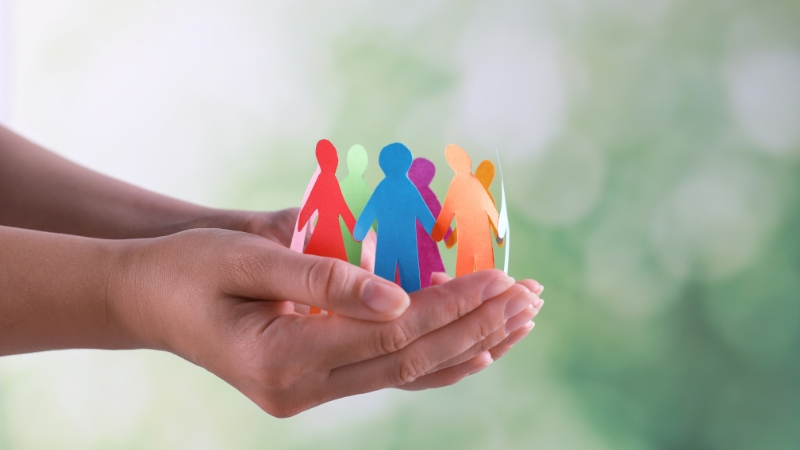In 2018, two high schools sat just eight miles apart in Chicago. One had brand-new science labs, a full roster of AP classes, and college counselors with time to spare.
The other? Outdated textbooks, teacher shortages, and one social worker for 500 students.
Both were public. Both followed the same state standards.
And yet, the odds of graduating, let alone thriving after school, looked completely different depending on your ZIP code.
That’s the difference between equality and equity in education.
Equality gives every school the same playbook. Equity asks: who needs what to succeed, and how do we deliver it?
You can’t fix education by handing out identical resources and calling it fair.
Real fairness means looking at poverty rates, learning disabilities, food insecurity, trauma, and language barriers, and then funding and supporting schools accordingly.
A Quick Comparison Table
Here’s how it shakes out in practice:
Situation
Equality Approach
Equity Approach
Textbook distribution
Every student gets the same textbook
Some students get audio or translated versions
School funding
Flat amount per student
More funds for high-need schools
College prep courses
Open enrollment, but no outreach
Proactive support to enroll underrepresented students
Attendance policy
Same rule for all absences
Flexibility for students dealing with illness, caregiving, or homelessness
Tech access
Every student gets a laptop
Some also get Wi-Fi hotspots or tech training for families
The Bike Analogy – With a Twist
You’ve probably seen the graphic with the kids standing on boxes to watch a baseball game. Equality gives everyone the same box.
Equity gives shorter kids more boxes so they can all see. That’s fine, but let’s sharpen it.
Let’s say a school gives every child a bike. Equality, right?
But what if:
Now you’ve got a parking lot of bikes that aren’t doing much good.
Equity is teaching the first kid to ride, ensuring the second has a safe path, and giving the third a bike that works for them. Same goal, mobility – but different paths to get there.
Why It Matters So Much in Education
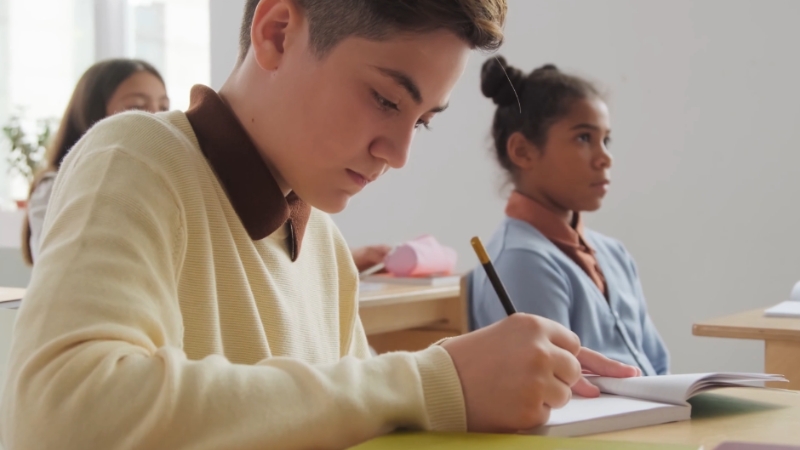
Education isn’t one-size-fits-all. Never has it been. But the system in the U.S. has often treated it that way, same curriculum, same tests, same expectations, regardless of wildly different life circumstances.
Here’s the problem: Students don’t walk into school on an even playing field. Some arrive with a head start. Others are already a few laps behind.
That’s not just a metaphor — it’s in the data.
A Few Quick Stats
- Students from low-income families score an average of four years behind their higher-income peers by 12th grade.
- Black and Hispanic students are more likely to attend underfunded schools with fewer experienced teachers.
- Students with disabilities often face lower expectations and limited access to advanced coursework.
Giving all those students the “same” resources might look fair. But it doesn’t move the needle unless we look at what each of them needs.
What Equity Looks Like in Real Life
View this post on Instagram
So, what does equity in education look like in action? Let’s look at a few real-world examples – some inspiring, some still needing work.
1. Special Education Services – Tailoring Support
Every public school student in the U.S. is entitled to a free, appropriate public education. That’s not just legal jargon, it’s a mandate for equity.
Students with disabilities often get what’s called an IEP (Individualized Education Program).
It’s a plan tailored to their specific learning needs.
So while equality would be every kid taking the same test, equity might mean:
- More time on tests for students with processing delays
- Audio versions of textbooks for students with visual impairments
- Behavioral support plans for students on the autism spectrum
It’s not a “bonus.” It’s making sure every student can access learning in a way that works for them.
2. Community Schools – Leveling the Field
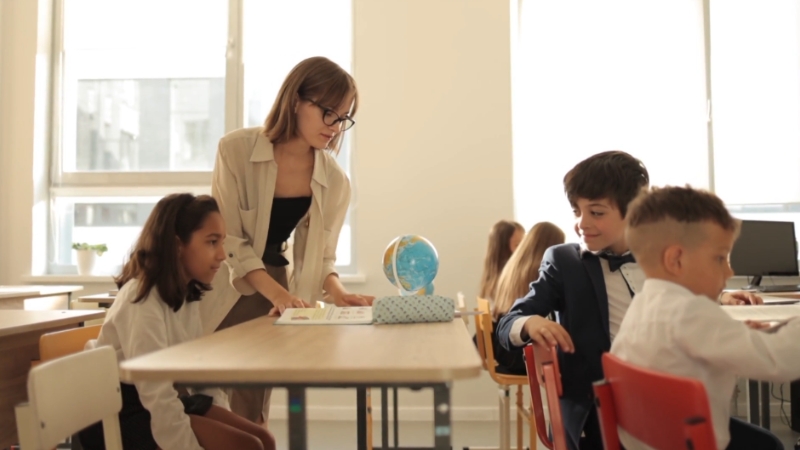
Some schools are going beyond academics and bringing in services that help families as a whole. Think on-site health clinics, food pantries, even laundry facilities.
Take the Oakland Unified School District in California. It’s turned several campuses into full-fledged community schools.
They’ve seen better attendance, higher parent engagement, and lower suspension rates. Why?
Because equity isn’t just about test scores, it’s about building the conditions for learning in the first place.
3. Advanced Placement (AP) Access – Expanding the Gateway
Plenty of high schools offer AP or honors classes. But historically, those seats often go to students from more privileged backgrounds, either because they were “tracked” early or because their parents knew how to advocate for placement.
Some districts are rethinking the whole system.
In Montgomery County, Maryland, schools removed barriers to AP classes and saw a spike in enrollment from Black and Latino students, without any drop in performance.
Equity here meant changing who gets invited to the table, not lowering the bar.
When Equality Falls Short: A Closer Look
@capesintheclassroom That’s not fair! Lesson on equity vs.equality for kids! Heard this from my amazing school counselor 🙌🏻 #teachers #teachersoftiktok #teacher #tiktokteacher #teachermotivation #traumainformedclassroom #traumainformed #traumainformedschools ♬ original sound – Becky Jo Oglesby
Let’s say a district decides to give every school $10,000 for after-school tutoring.
Sounds equal. But what if:
- One school has mostly high-income students, with parents who can afford private tutors anyway.
- Another serves a high-poverty area, where kids go home to empty houses, care for siblings, or work part-time jobs.
The same $10,000 won’t go nearly as far. One school might use it to supplement. The other might rely on it as a lifeline.
A better approach? Allocate funds based on student need. Some districts use a weighted student funding model, where schools get more dollars for low-income students, learning English, or requiring special education.
That’s equity in budgeting — not just spending evenly, but spending wisely.
What About Healthcare and Mental Health Support?
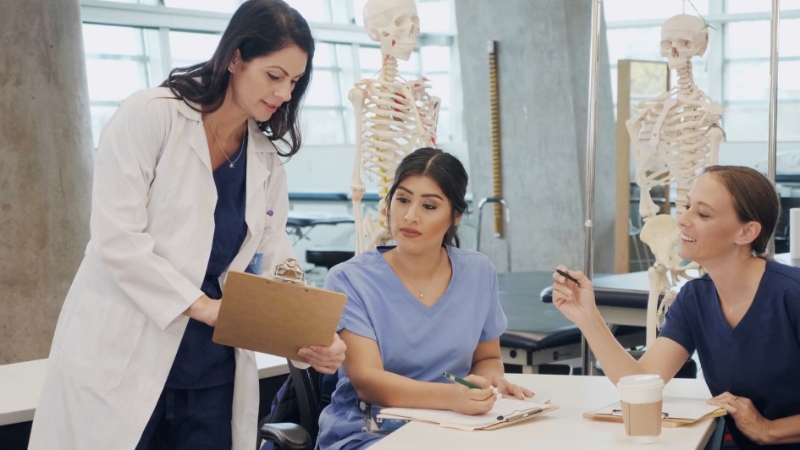
Here’s where things start to overlap. Schools aren’t just places for learning anymore — they’re front lines for mental health, nutrition, and even crisis response.
School Nurses and Counselors
The American Academy of Pediatrics recommends one school nurse for every 750 students. Yet many districts fall far short, or don’t have a nurse at all.
The same goes for mental health counselors.
An equitable approach would:
- Fund more staff in high-need schools
- Prioritize trauma-informed training
- Partner with local clinics for mobile health services
In Baltimore, for instance, some schools now have full-time mental health clinicians who coordinate care with local hospitals. That’s not just good policy, it’s saving lives.
Food Insecurity and Learning
Ever tried doing algebra on an empty stomach? Kids don’t magically compartmentalize hunger.
That’s why some districts offer universal free breakfast and lunch, regardless of family income.
Sure, it’s technically not equal (wealthy kids get the same meals as those in need), but it’s equitable in outcome, making sure every student can concentrate and learn.
Equity Doesn’t Mean Lowering Standards
Do reforms aimed at equity unintentionally lower expectations for students? Adam Tyner of @educationgadfly dives into this critical issue in the latest #AASAMag.
💬 ‘Virtually everyone in education knows that holding high expectations of all students is a key to promoting higher…
— AASA (@AASAHQ) December 11, 2024
Let’s clear up a common misconception: Equity doesn’t mean “watering things down” or “giving some kids a pass.”
If anything, it’s the opposite. Equity raises expectations for all students by removing obstacles that shouldn’t be there in the first place.
It’s saying: every kid deserves a shot at excellence — and we’re willing to do the work to make that possible.
And that work isn’t just academic.
- It’s hiring more diverse teachers so students see themselves reflected.
- It’s translating materials into multiple languages for families.
- It’s redesigning discipline policies that disproportionately punish students of color.
Equity is rigorous, relentless, and real.
How to Tell If a Policy Is Equitable
Here’s a simple test: Ask “Who benefits?” and “Who gets left behind?”
If a new rule, budget, or program looks fair on paper but ends up helping the same groups who already do well, it’s probably equality.
If it shifts outcomes for those who’ve been historically underserved — that’s equity doing its job.
Questions School Leaders Should Ask
- Are resources distributed based on need or just numbers?
- Are families being engaged in ways that account for language and cultural barriers?
- Are data being disaggregated to reveal patterns by race, income, ability, or geography?
If the answer is yes, they’re on the right track.
Final Thoughts: So What Do We Do With All This?
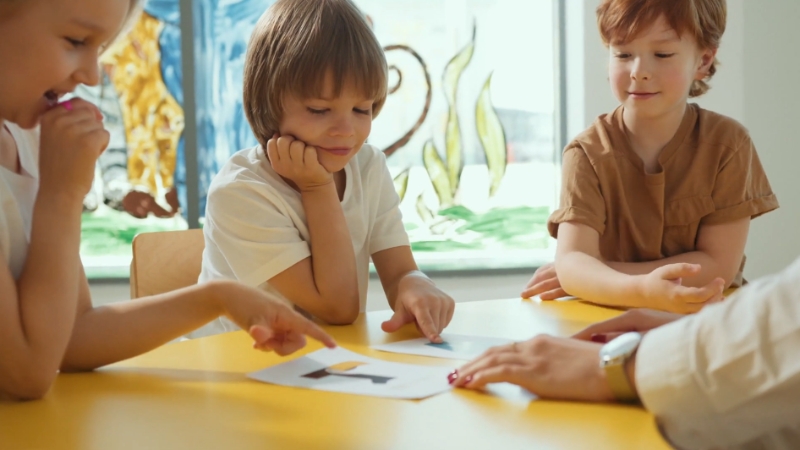
We stop assuming that fairness means “treating everyone the same.”
We start asking better questions, not just “What do students get?” but “What do students need?”
And if we care about outcomes, whether that’s graduation rates, college access, or just a kid having a good day at school, then equity isn’t optional.
It’s the only real shot we have at building an education system that works for more than just the lucky few.
Let’s move past the buzzwords and into the trenches. Education equity isn’t some lofty ideal. It’s daily decisions, budget lines, classroom moments, and human effort.
That’s where the real change happens.

